Essential Guide to Life Jackets
We love helping you to get on the water and make the most of your sports, but the water is as unpredictable as it is inviting. For sailing, as well as many other watersports, it’s vital to wear a life jacket, as it could very well save your life.
In order for your life jacket to do this, however, there are a few things you need to be sure of. In this guide to life jackets, we’ll be answering the following essential questions:
It’s important that you have enough life jackets for everyone on board your boat, or partaking in a sport that requires a life jacket. This doesn’t mean any old life jacket will do – life jackets come in all shapes and sizes for adults, children and pets – yours should fit your crew correctly, to ensure they’ll do their job should the worst happen.
It’s worth noting that, on a boat, it is the skipper’s responsibility to show the crew where the life jackets are stowed, how to wear them and how to operate them.
What type of life jacket do I need?
Life jacket buoyancy is measured in Newtons (N). Newton ratings are relative to the weight of the intended user – ten Newtons equals 1kg of flotation. Natural human buoyancy means that adults of any size will have a net weight of just 5kg when they’re in the water, so you don’t need more buoyancy than any other adult just because you might weigh more usually.
Life jackets are generally produced in one size, that will suit most adults weighing over 40kg, although the waist and chest measurements vary between brands and can be a limiting factor. However, those sailing offshore in more testing conditions, or wearing heavy clothing, will require additional buoyancy to support them in rough waters.
Here are the different Newton rankings for life jackets:
- 100N: For use in sheltered, calm waters. It won’t necessarily be buoyant enough to roll an unconscious person onto their back, or save someone who is unable to help themselves.
- 150N: Probably the most common ranking, for general coastal and offshore sailing. It will keep the wearer’s airway clear of the water unassisted, and should roll an unconscious person. Wearing heavy waterproofs may affect the performance of 150N life jackets.
- 275N: For extreme conditions and offshore use, particularly where the wearer may have one heavy waterproof clothing, this is the best option for a life jacket that will keep the airway clear unassisted, as well as rolling the wearer if necessary.
The other key difference between life jackets is if and how they inflate:
- Foam life jacket: This life jacket does not inflate, but the buoyancy comes from the foam construction. These are generally used by children and are designed for use in sheltered waters only.
- Manual life jacket: This type of life jacket is inflated by pulling a tag upon entering the water, which in turn pushes a firing pin into the CO2 canister, causing inflation. Manual life jackets are cheaper than other inflation systems, but it’s worth remembering that if the wearer is knocked unconscious on their way into the water, they won’t be able to pull the cord.
- Automatic life jacket: As the name suggests, an automatic life jacket will inflate when the firing system gets wet. They rely on a small pellet/bobbin, which holds back a powerful spring. When the pellet makes contact with water it dissolves instantly, releasing the spring, which pushes a firing pin into the gas canister.
- Hammar life jacket: A hammar life jacket will automatically inflate, similar to an automatic, however, it is triggered by the water pressure when the wearer enters the water. The pellet is protected by a case which only lets water in once it is a few centimetres below the surface and doesn’t fire until fully submerged. This means it’s less like to trigger by accident in adverse weather conditions or heavy spray.
Automatic and hammar life jackets will also have a back up tag for manual inflation, should the main firing system fail to activate.
What features should a life jacket have?
Essential features:
- It must carry the CE mark, like all the life jackets available at Wetsuit Outlet.
- A buoyancy rating appropriate to the activity, conditions and ability of the wearer (see above).
- One or two crotch straps, to ensure it doesn’t rise over your head when it inflates.
Recommended features:
- Reflective tape, to ensure you are visible when hit by a search light.
- A spray hood to protect the face and airway.
- A light for attracting attention in poor lighting.
- Some life jackets also have built in harnesses, so you can clip yourself onto the boat.
You can buy separate harness lines, as well as lights and other life jacket accessories here.
How should my life jacket fit, and how do I wear one?
When worn, a life jacket should be adjusted to fit snugly. It should not be able to move more than 2cm above the shoulders if the life jacket is pulled upwards – if it can, then it cannot be relied on to protect the wearer’s airway.
You should always ensure the crotch straps are worn as well, as these are what will stop the life jacket riding over your head when in the water.
How do I maintain my life jacket?
We advise you get your life jacket serviced every 12 months – everything will be fully checked over and capsules and gas canisters will be replaced if necessary.
Additionally, it’s crucial you maintain it properly. Every month check that the gas cylinder in your life jacket is tightly screwed in, as these can occasionally work themselves loose.
It’s very important to carry rearming kits for each type of life jacket you have onboard – that way if one is accidentally inflated, or needs to be used, you will be able to get it ready for use again immediately.
CO2 bottles need to be checked for corrosion every three months. If your cylinder is at all rusty it should be replaced and you should also thoroughly check over any material that’s been in close contact with the rusty cylinder, as it may be damaged.
Again, every three months, you should examine the webbing on your life jacket and the stitching that holds it together, as well as zips, buckles and other fastenings – everything needs to be 100% for you to be able to rely on your life jacket completely.
You can shop our range of life jacket re-arming kits here.
Shop our complete range of life jackets for adults and children here.
Updated on 20th March 2020
Originally published on 26th October 2015 in Sailing










































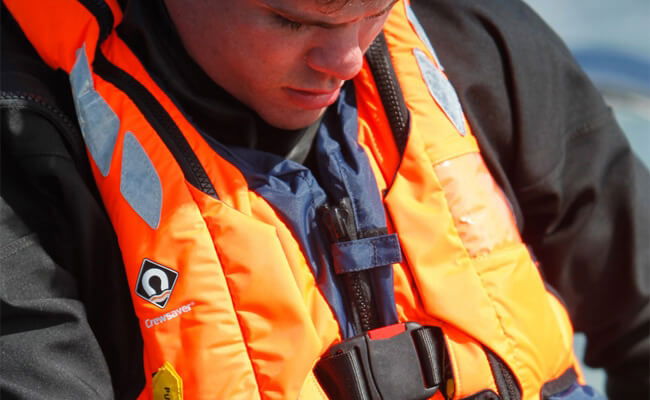




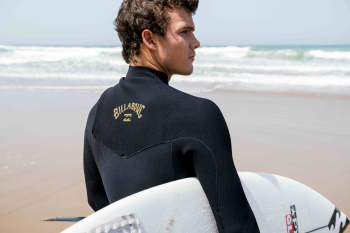

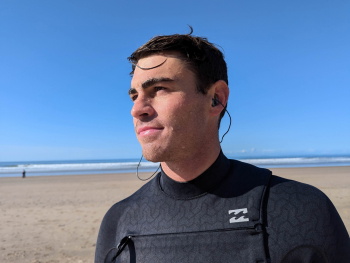

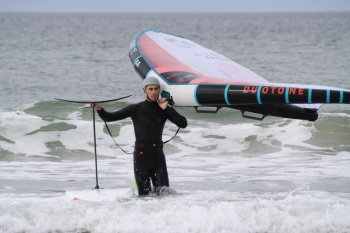


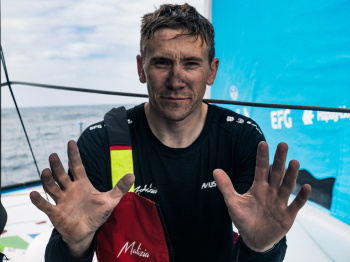
 Visit the US site
Visit the US site  Continue to ES
Continue to ES